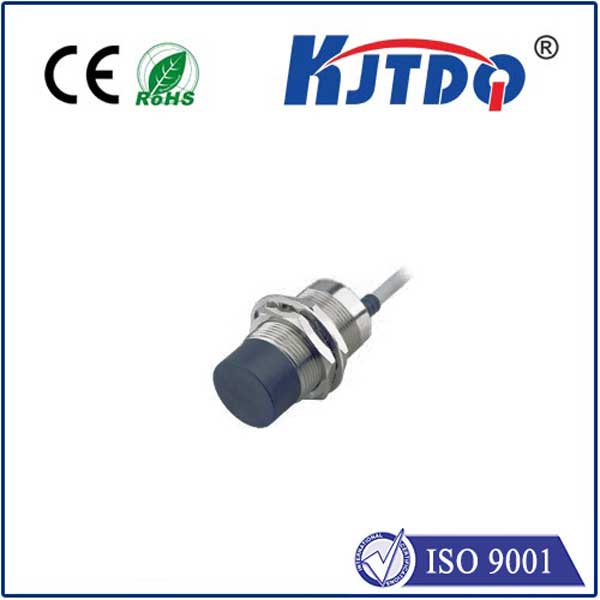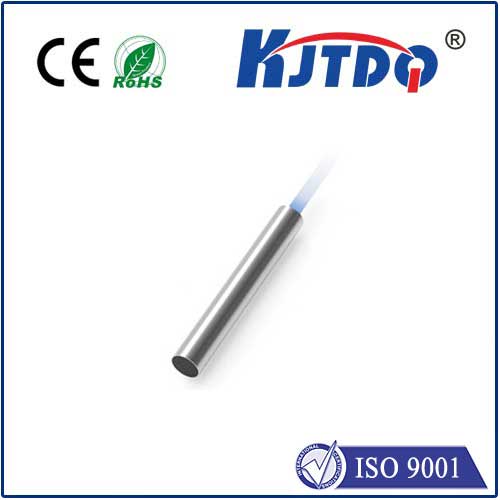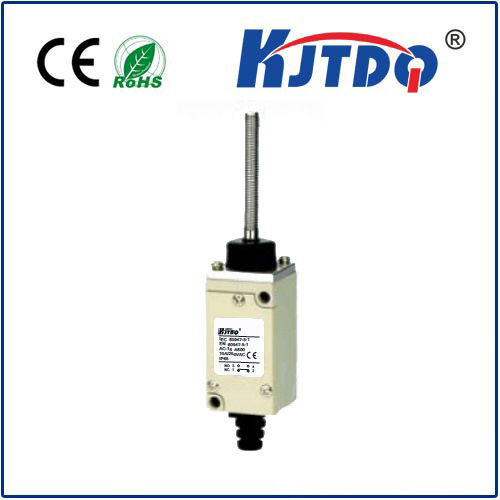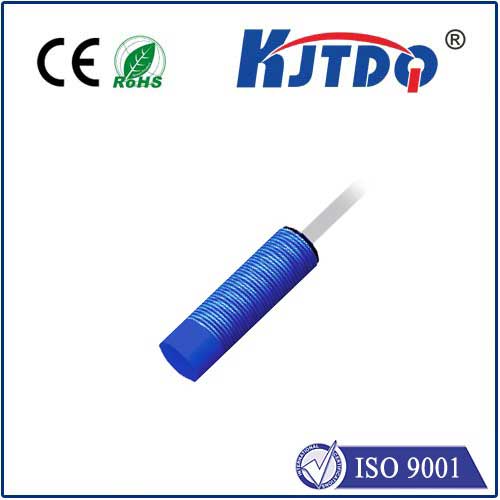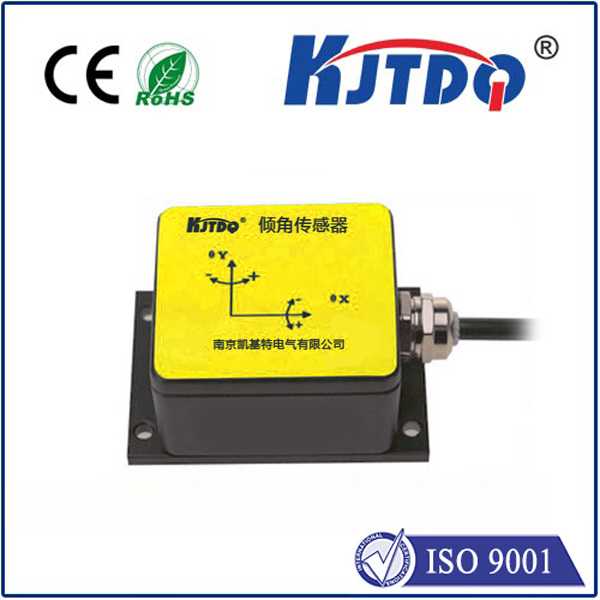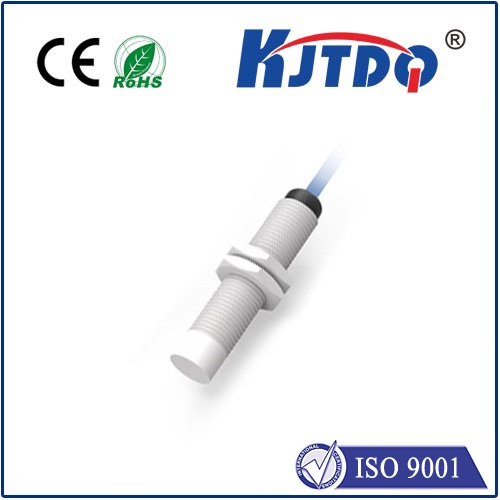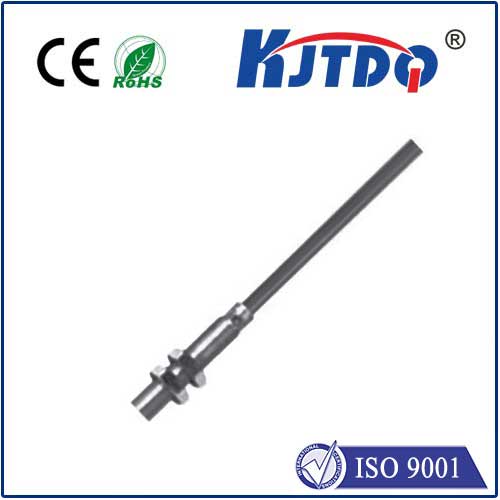switch pressure sensor
- time:2024-10-22 02:35:02
- Click:0

Title: Understanding the Switch Pressure Sensor: An In-depth Guide
Introduction
The switch pressure sensor is an essential component in various industrial and automotive applications. It plays a crucial role in monitoring and controlling pressure levels within systems, ensuring their optimal performance and safety. This article aims to provide a comprehensive understanding of switch pressure sensors, including their working principle, types, applications, and benefits.
Working Principle of Switch Pressure Sensors
Switch pressure sensors operate based on the principle of measuring the pressure difference between two points in a system. They consist of a diaphragm that moves in response to changes in pressure. As the diaphragm moves, it activates or deactivates an electrical switch, sending a signal to indicate the pressure level.
There are two main types of switch pressure sensors: mechanical and electronic. Mechanical switch pressure sensors use a spring-loaded diaphragm that moves in response to pressure changes, while electronic switch pressure sensors use a piezoelectric material that generates an electrical charge when subjected to pressure.
Types of Switch Pressure Sensors
There are several types of switch pressure sensors available on the market today, each designed for specific applications and requirements. Some common types include:
- Pneumatic switch pressure sensors: These sensors are used in pneumatic systems to monitor and control air pressure levels.
- Hydraulic switch pressure sensors: These sensors are used in hydraulic systems to monitor and control fluid pressure levels.
- Differential switch pressure sensors: These sensors measure the difference in pressure between two points in a system and are commonly used in HVAC systems.
- Absolute switch pressure sensors: These sensors measure the absolute pressure in a system and are commonly used in industrial applications.
Applications of Switch Pressure Sensors
Switch pressure sensors have a wide range of applications across various industries, including:
- Automotive industry: Switch pressure sensors are used in braking systems, power steering systems, and air conditioning systems to monitor and control pressure levels.
- Food and beverage industry: Switch pressure sensors are used in packaging machinery to ensure that products are packaged correctly and safely.
- Oil and gas industry: Switch pressure sensors are used in drilling rigs and pipelines to monitor and control pressure levels, ensuring the safe transportation of oil and natural gas.
- Aerospace industry: Switch pressure sensors are used in aircraft engines and landing gear systems to monitor and control pressure levels, ensuring optimal performance and safety.
Benefits of Using Switch Pressure Sensors
Using switch pressure sensors offers several benefits, including:
- Improved accuracy: Switch pressure sensors provide highly accurate measurements, ensuring that systems operate at optimal levels.
- Enhanced safety: By monitoring and controlling pressure levels, switch pressure sensors help prevent accidents and equipment failures, ensuring the safety of personnel and equipment.
- Cost savings: By optimizing system performance and reducing downtime, switch pressure sensors can help companies save money on maintenance and repair costs.
- Easy integration: Switch pressure sensors are easy to integrate into existing systems, making them a cost-effective solution for monitoring and controlling pressure levels.
Conclusion
In conclusion, switch pressure sensors are essential components in various industrial and automotive applications, providing accurate measurements and enhancing safety and performance. By understanding their working principle, types, applications, and benefits, organizations can make informed decisions when selecting and implementing these devices in their systems.





